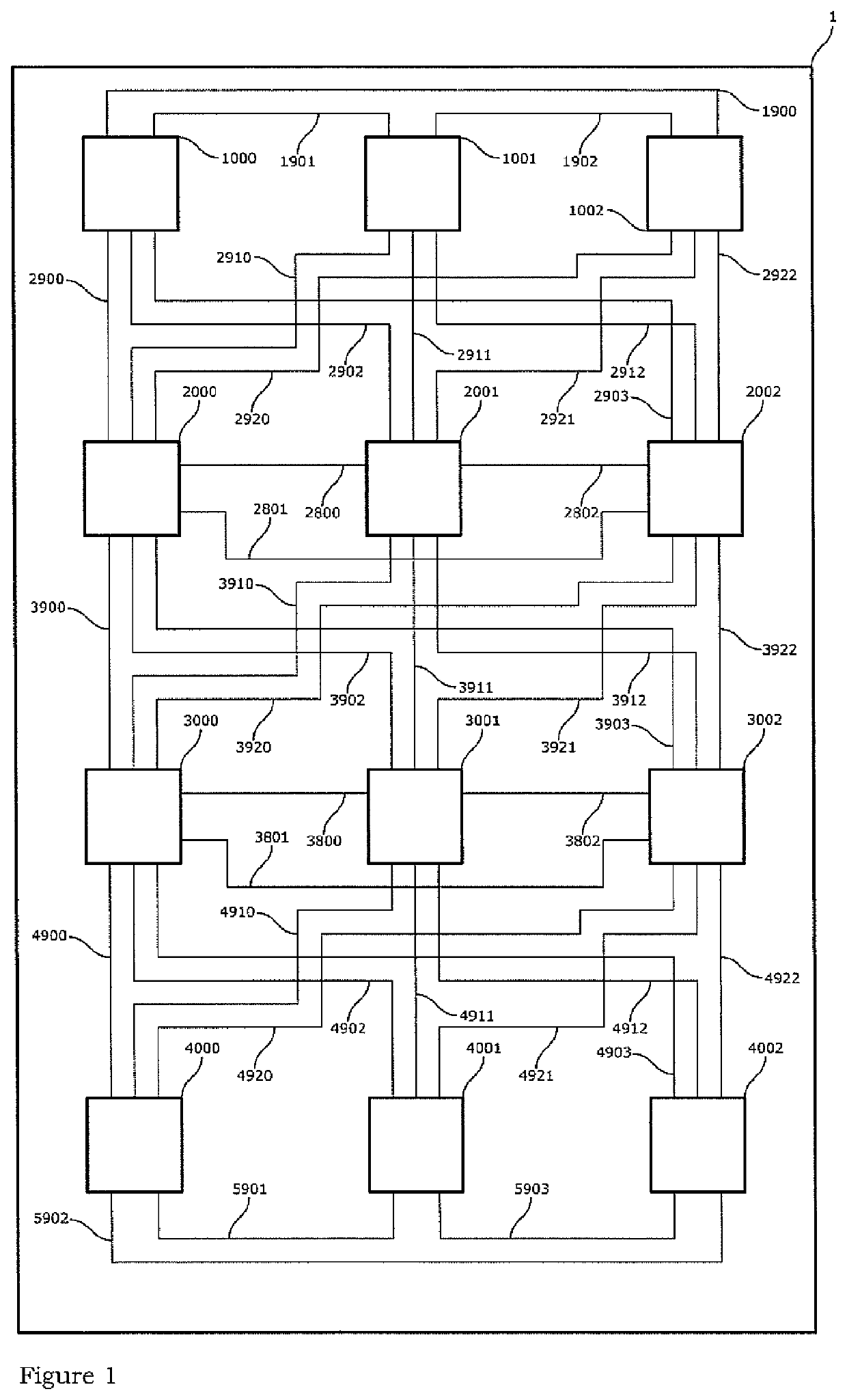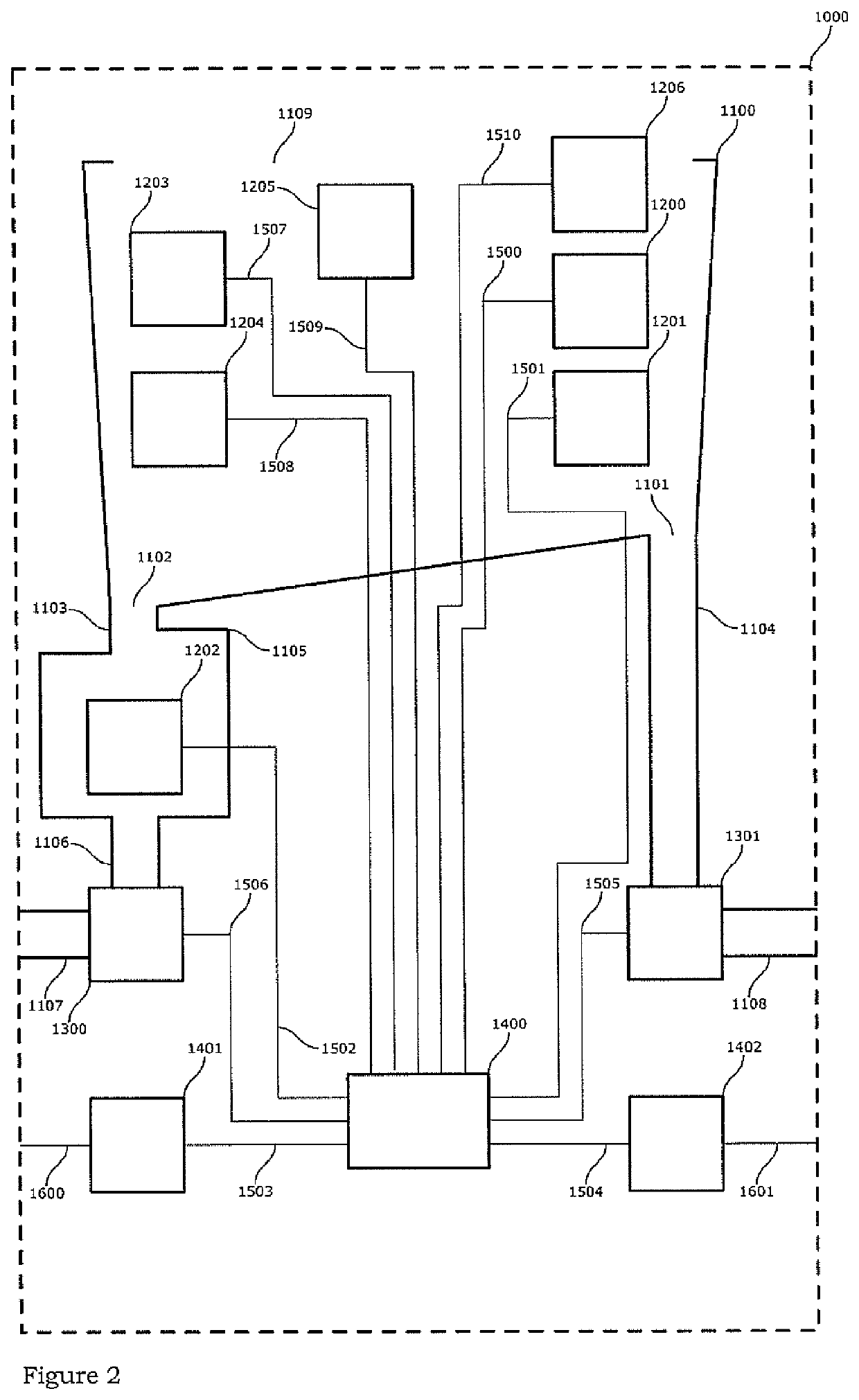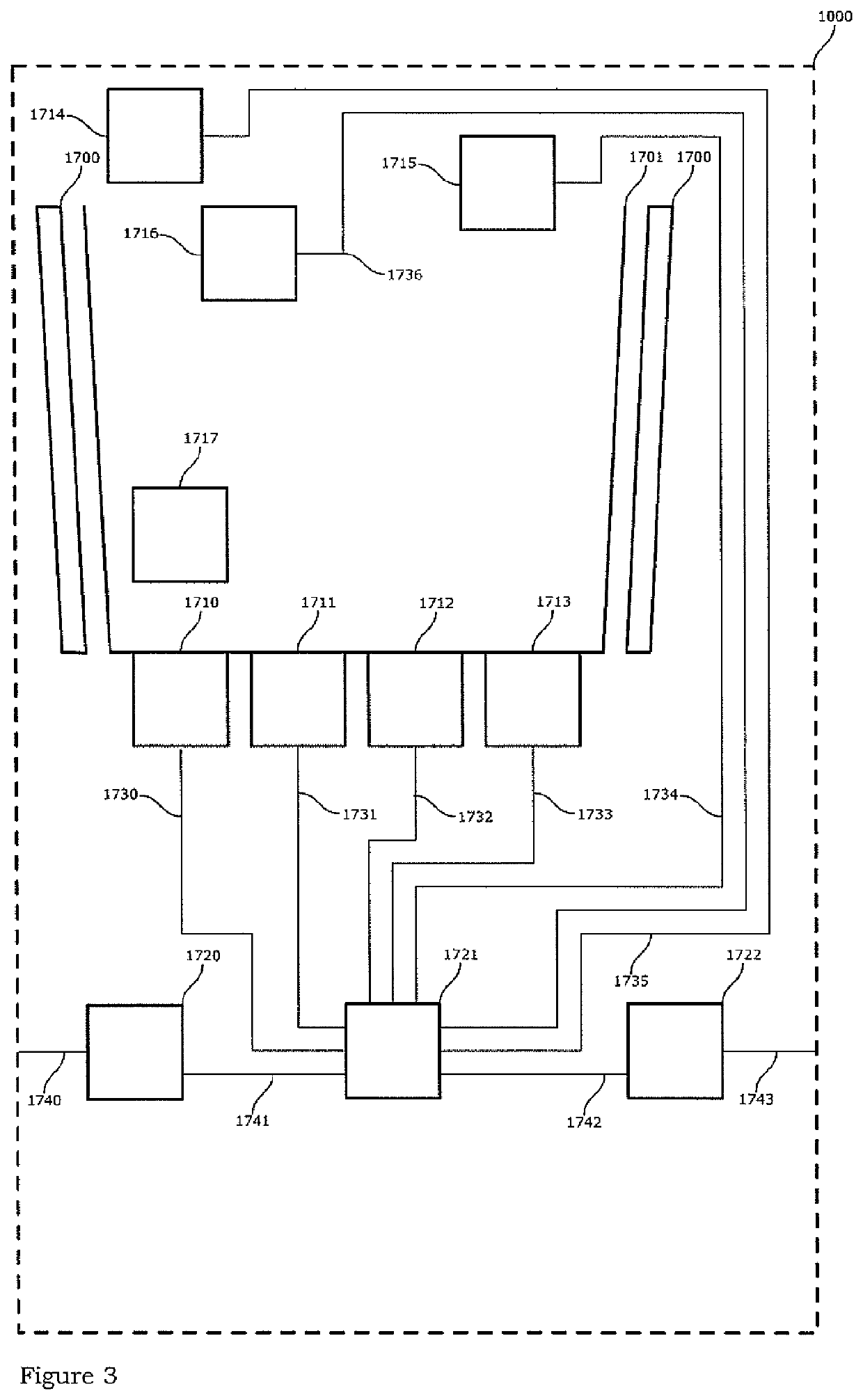Autonomous mosquito control
a mosquito control and automatic technology, applied in the field of automatic mosquito control, can solve the problems of permanent automatic ovitraps, difficult to monitor the change in the insect population, and disrupt the development cycle, so as to reduce the risk of dropping or spilling the container, and the management system is flexibl
- Summary
- Abstract
- Description
- Claims
- Application Information
AI Technical Summary
Benefits of technology
Problems solved by technology
Method used
Image
Examples
Embodiment Construction
[0084]In its most simple form the system for the automated management of a water-breeding insect population comprises at least one ovitrap comprising a container arranged to hold a liquid and collect the eggs of a water-breeding insect, one or more autonomous vehicles; and an ovitrap manager configured to communicate with the one or more autonomous vehicles to instruct an autonomous vehicle to perform one or more tasks to administer maintenance of one or more ovitraps.
[0085]Each ovitrap comprises a container filled with a sufficient volume of water, and preferably an insect attractant, to encourage insects to lay their eggs in the container. Before the eggs can develop into adult insects the autonomous vehicles are instructed to dispose of the liquid and eggs collected therein, either by depositing the liquid in a region where the eggs will die or drying the ovitrap out such that the eggs die and cannot develop. There are several possible structures of ovitrap, as illustrated in FIG...
PUM
 Login to View More
Login to View More Abstract
Description
Claims
Application Information
 Login to View More
Login to View More - R&D
- Intellectual Property
- Life Sciences
- Materials
- Tech Scout
- Unparalleled Data Quality
- Higher Quality Content
- 60% Fewer Hallucinations
Browse by: Latest US Patents, China's latest patents, Technical Efficacy Thesaurus, Application Domain, Technology Topic, Popular Technical Reports.
© 2025 PatSnap. All rights reserved.Legal|Privacy policy|Modern Slavery Act Transparency Statement|Sitemap|About US| Contact US: help@patsnap.com



